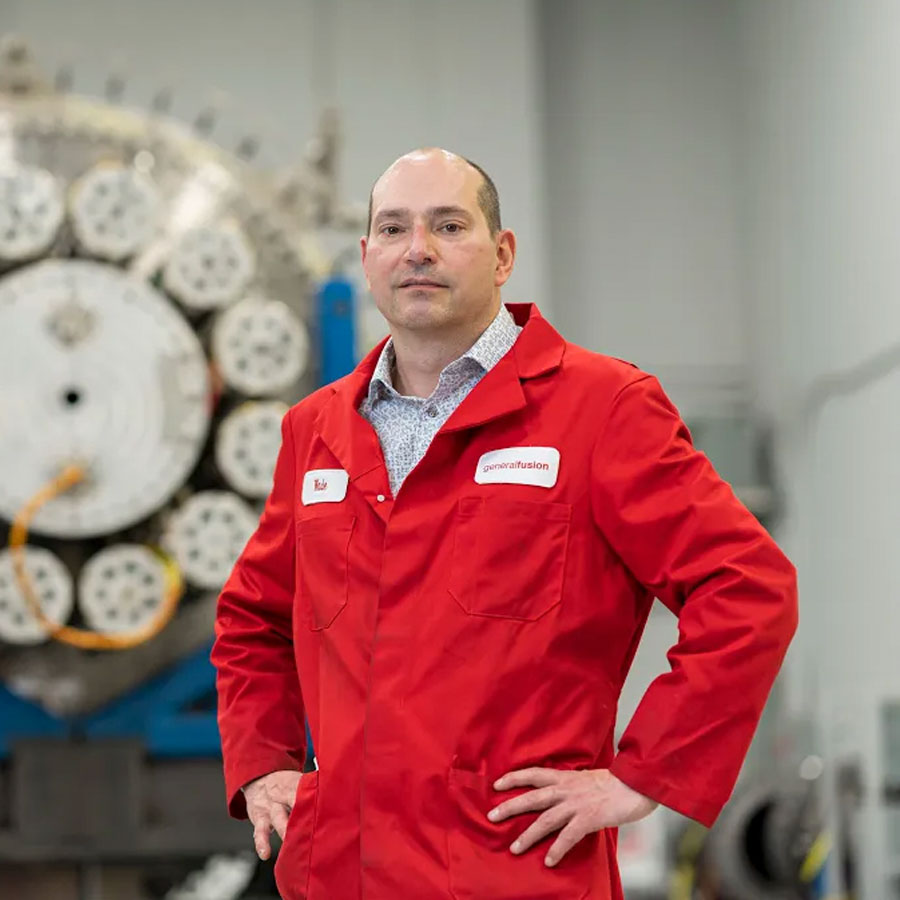Traditionally, fusion energy research has meant huge efforts like the $20 billion multinational ITER project and $3.5 billion National Ignition Facility. But that may be changing. In unassuming industrial units across North America, Europe, and elsewhere, small teams of scientists and engineers supported partly or entirely by private finance are working out novel approaches to fusion. Their goal: to design financially viable power reactors simpler and cheaper than the government-funded behemoths and to build them faster. Some of the new technologies look bizarre, but venture capitalists are convinced that each holds at least a slim chance of an enormous payoff.
Fusion’s restless pioneers (Science)

